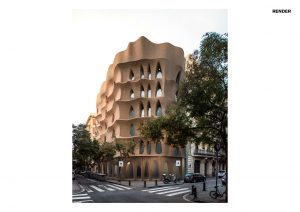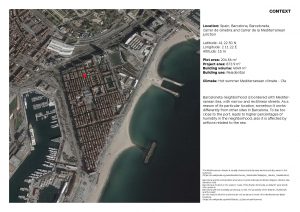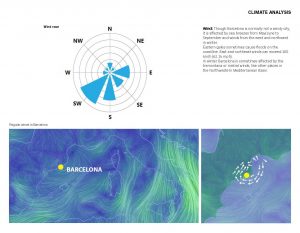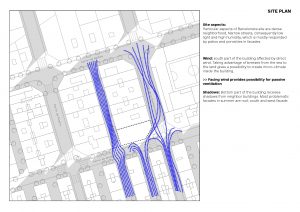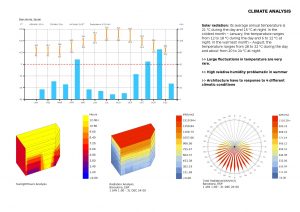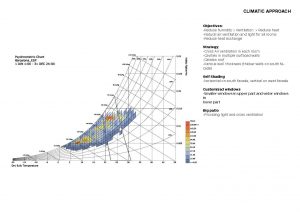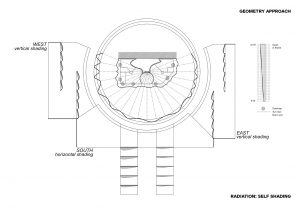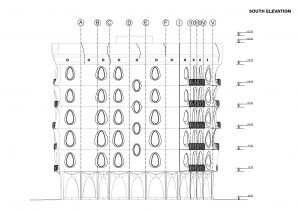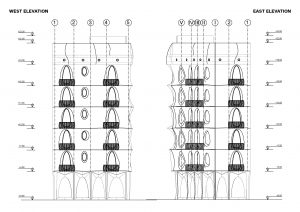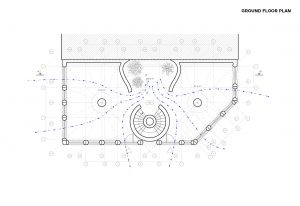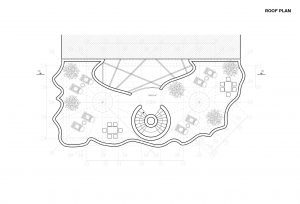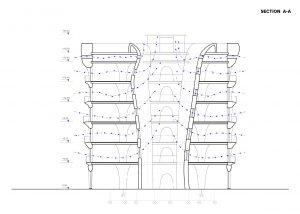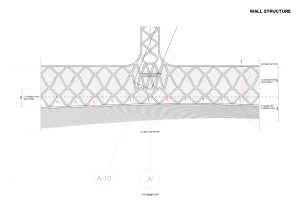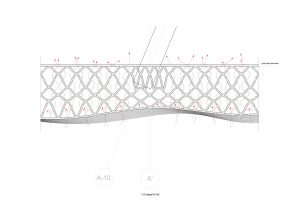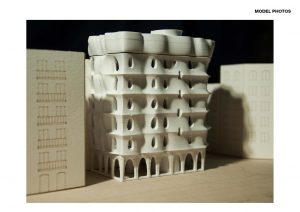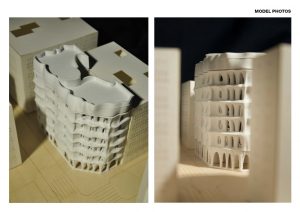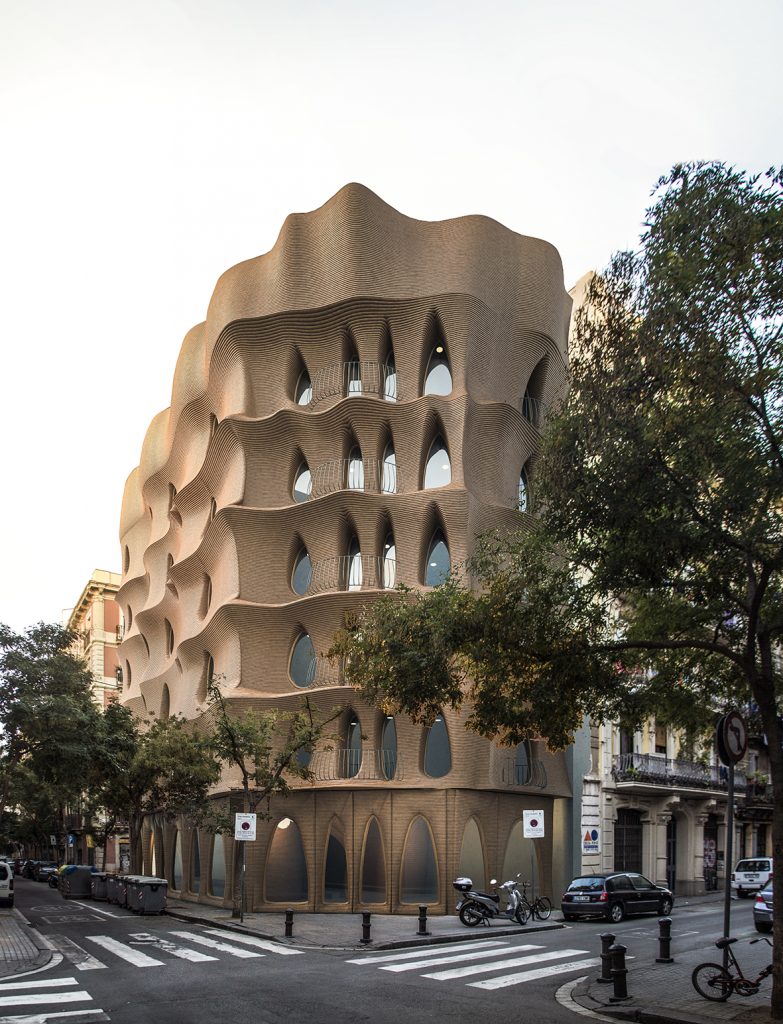

This project aimed to explore whether that is possible to design and construct a multi-storey habitat, out of a sustainable material like adobe, within robotic additive fabrication in a dense urban context.
Additive manufacturing in architecture is still in early stages. Although there are few projects that tried to face this approach, it is still hard to imagine robotic fabrication as a widespread method of building and there are doubts about how far and how large in the scale we can go with additive manufacturing in architectural construction.
We already know that there are habitats like Shibam in Yemen, which have used mud brick to build multi-storey buildings. In addition, we had the clay material, already developed in Iaac and tested for various constructions.
Therefore, the design team started with picking up a site in a dense urban context which it can propose a need for more efficient habitat and investigate adobe robotic fabrication as a solution to it.
Finally, the decision went for an empty plot in Barceloneta, here in Barcelona with considerably important issues to be tackled in the design process.
Overall, these are the factors, which serves as the main objectives of the project:
• Context (mostly comes with climatic factors)
• Geometry (interact with structure and climate as well)
• Fabrication (compromise between robotic manufacturing, structure and climate)
